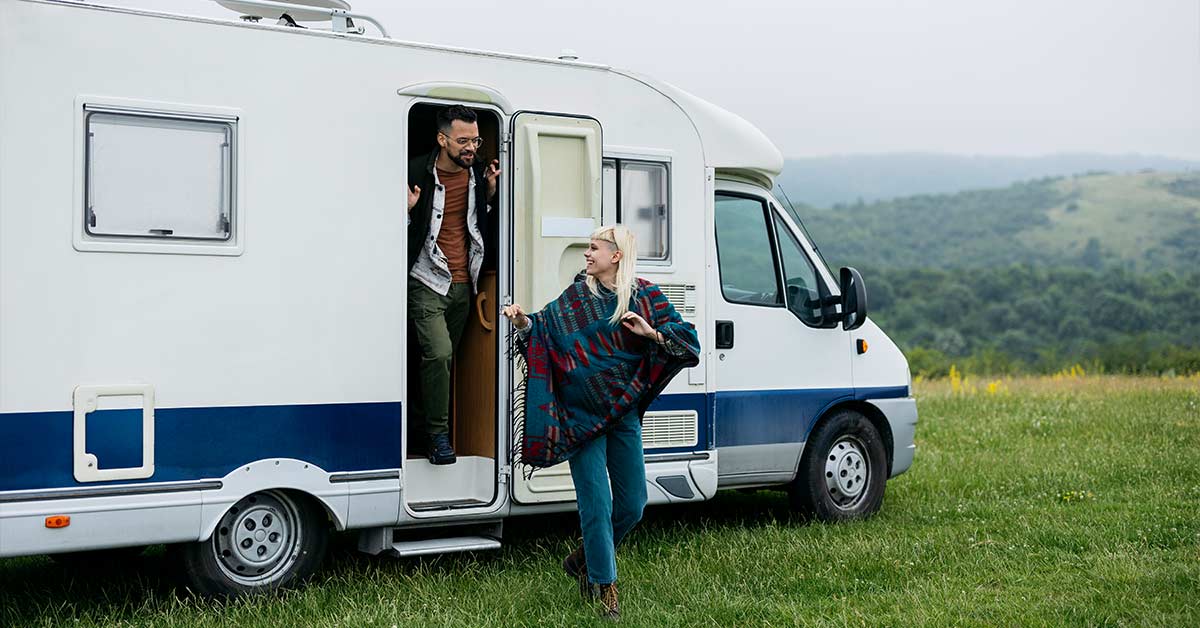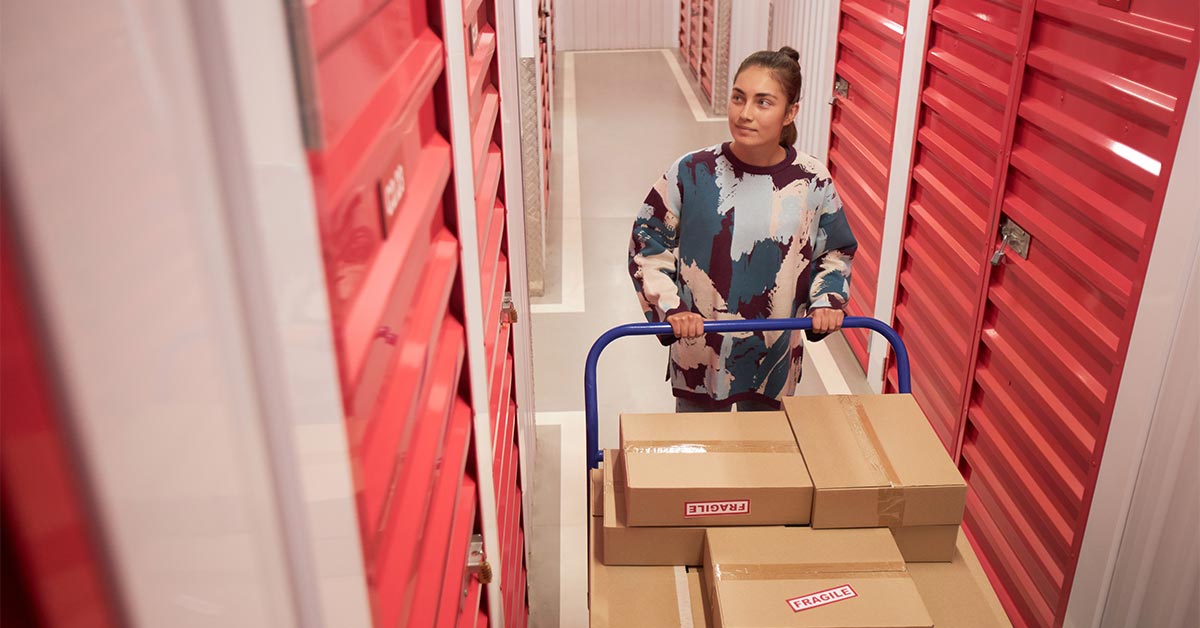Paddle boarding is a great way to enjoy sunny days on the water, get a good workout, and soak in the beauty of nature. Veteran paddlers know that few things are more relaxing than basking in the sun on your board after a long paddle. The gentle rocking of the waves and the soothing sounds of water can feel like paradise.
However, after a fun day on the water, it’s important to store your paddle board properly to keep it in good condition.
How to Properly Store a Paddle Board
Daily paddle board storage can be as simple as leaning your board against a wall or placing it on an outdoor paddle board rack. This is convenient if you plan to go back out on the water the next day.
For long-term storage, especially during the off-season, it’s best to store your paddle board indoors such as in self storage. This is important if you live in an area with harsh or rainy winters.. Proper indoor storage such as a self storage facility helps preserve your board for years to come.
Tips for Storing Your Paddle Board
Where you store your paddle board depends on the space you have. You might have a spacious garage or live in a small apartment. Regardless of your situation, consider these factors:
- Sunlight: Long-term exposure to direct sunlight can damage your board. Store it indoors or away from UV rays to protect its exterior such as in a self storage facility.
- Moisture: Keep your board in a dry place to prevent mold and mildew.
- Temperature: Avoid extreme temperatures. Store your board in a place with moderate temperature to ensure its longevity.
Indoor Paddle Board Storage
Storing your paddle board indoors is often the best option. Here are some storage solutions:
- Paddle Board Storage Racks: Affordable and easy to use. Wall racks or free-standing racks with safety features like straps and padding keep your board safe.
- Paddle Board Storage Hooks: Great for limited wall space. Easy to install and often padded to prevent scratches.
- Decorative Storage: Use your board as a decoration by mounting it on a focal wall in your home.
Should You Clean Your Paddle Board Before Storing It?
Yes, always clean your paddle board before storing it. Rinse with fresh water to remove dirt, scrub with mild soap, and dry thoroughly to prevent mold.
Outdoor Paddle Board Storage
If indoor storage isn’t an option, you can store your paddle board outdoors, but follow these guidelines:
- Use a weather-resistant tarp: Protect your board from rain, snow, and moisture.
- Consider your climate: Outdoor storage is feasible in mild climates, but not in areas with harsh winters.
Storing a Paddle Board in a Storage Unit
If you don’t have indoor space, consider a storage unit. Ensure it’s climate-controlled to protect your board from extreme temperatures.
Finding a place to store your paddle board can be tricky, but don’t panic. Evaluate your available space and get creative. Hopefully, these tips help you find the best storage solution for your paddle board.
Feel free to share your paddle board storage tips in the comments to keep the conversation going!



